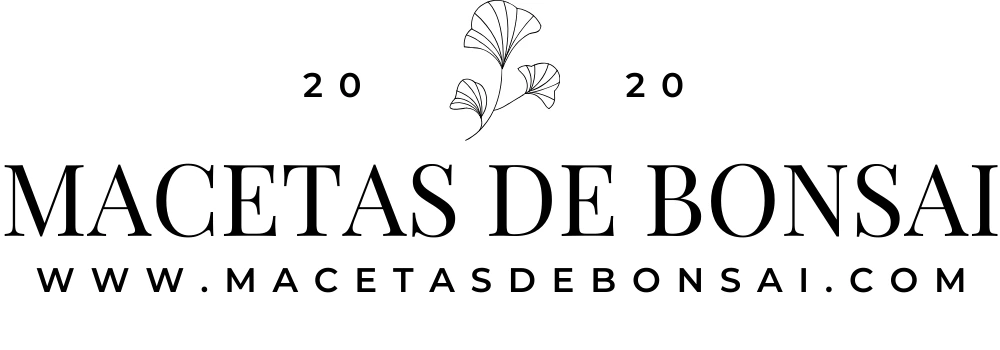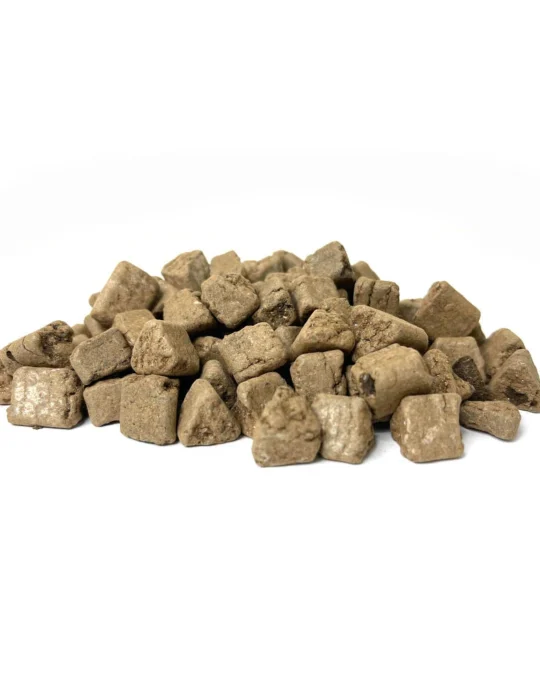Currently Empty: 0.00€
Cork Oak Bonsai: The Definitive Guide
He cork oak bonsai (Quercus suber) is a species native to the Mediterranean region that stands out for its hardiness, thick bark, and rustic character. In bonsai format, it requires a careful and technical approach, as its characteristics differentiate it from other common species. This guide is designed to provide you with a solid and professional foundation for its cultivation, from substrate selection to ideal display.
-
MICROSINTOL8.20€
-
Organic fertilizer Biogold 500gr9.50€
🧬 General Requirements and Substrate Composition
One of the most determining factors in the cultivation of cork oak as bonsai is the substratumThis species tolerates some moisture retention, but requires excellent drainage and slight acidity to thrive.
🔬 Recommended substrate mix:
- 50% Akadama (medium or double sieved): good water retention and cation exchange capacity.
- 30% Pumice: provides aeration and structure, ideal for root development.
- 20% Volcanic or Kiryu: improves drainage and adds essential minerals such as iron and silicon.
💡 Alternative for very humid areas: reduce the akadama to 40% and increase the pumice to 40% to avoid compaction.
🔄 Recommended substrate pH: between 5.5 and 6.5 (slightly acidic). Akadama and kanuma help maintain this optimal range.
♻️ Transplant: Frequency, Technique and Ideal Period
He repotting cork oak bonsai must be done every 2 to 3 years in young specimens and every 4 to 5 years in more mature trees.
📅 Recommended season:
- Late winter or early spring, just before sprouting.
- Avoid repotting if there is a risk of night frost or if the tree is actively budding.
✂️ Transplant technique:
- Eliminate between the 30% and 50% of the root mass, prioritizing thick non-structural roots.
- Use a drainage mesh and a coarser-grained bottom layer to prevent waterlogging.
- Ensure good anchoring with wire, since the cork oak is sensitive to movement after transplanting.
🧪 Fertilizer: Nutritional Balance in the Growth and Resting Phase
The cork oak requires a progressive subscriber and adapted to its seasonal rhythm, avoiding excesses that could weaken the tree or cause uncontrolled growth.
🧴 Recommended fertilizer:
- Spring and autumn: solid organic fertilizer such as Biogold or Tamahi.
- Summer (moderate): apply amino acids as Aminobon to avoid stress and promote root activity.
- Winter: stop fertilizing if the tree enters vegetative stop.
📌 NPK guideline: 3-5-5 or similar in controlled growth. You can supplement with microelements (iron, magnesium, zinc) if you observe chlorosis.
☀️ Sun Exposure and Environmental Control
The cork oak, being a Mediterranean species, appreciates a very bright exposure but without thermal extremes.
📍 Ideal location:
- Direct sun in spring and autumn
- Partial shade in summer, especially during the central hours of the day (from 12 noon to 5 pm)
- Good natural ventilation to prevent moisture and fungus buildup
🛡️ In summer, it is recommended to use 30–50% shade mesh to avoid water stress and leaf burns.
💧 Irrigation: Regulation and Frequency by Season
He irrigation The cork oak bonsai must be carefully controlled. Its root system does not tolerate prolonged waterlogging, although it does require a minimum of constant humidity to prevent dehydration.
💦 Recommendations:
- Water when the surface layer of the substrate begins to dry, never according to the calendar.
- Use soft or slightly acidic water if possible (pH between 5.5 and 6.5).
- In summer, it may require two waterings per day if the tree is in full exposure. In winter, reduce the frequency to two to three times per week depending on the climate.
📌 Pro tip: Place a top layer of sphagnum moss or live moss to better retain moisture on hot days.
🎯 Conclusion
He Quercus suber, grown as a bonsai, is a powerful, long-lasting species with an unparalleled aesthetic thanks to its corky bark. However, its cultivation requires technical precision and constant attention to key parameters such as substrate, fertilizer, and sun exposure.
With this technical guide, you'll be able to confidently advance your cork oak bonsai cultivation and enjoy one of the most noble trees of Mediterranean bonsai art.



